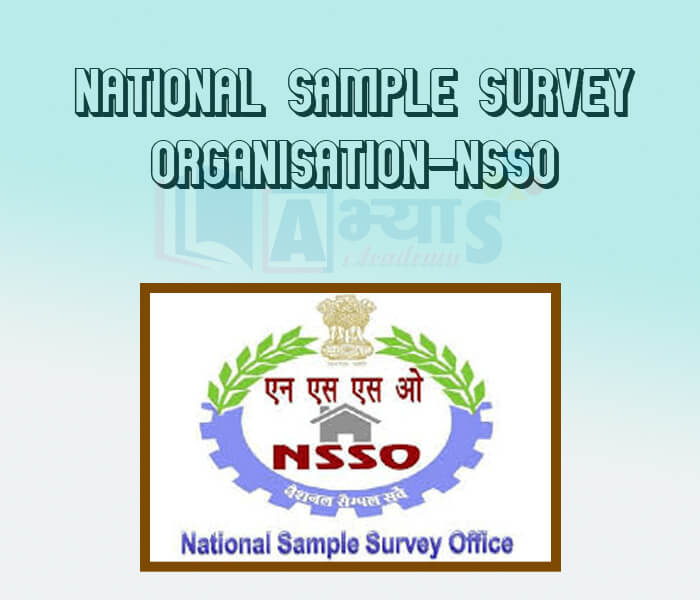National Sample Survey Organisation-NSSO










National Sample Survey Organization (NSSO)
National Sample Survey (NSS) was set up in 1950 on the recommendations of National Income Committee, chaired by late Prof. P C. Mahalanobis to fill up large gaps in statistical data for computation of national income aggregates, especially in respect of unorganized/ household sector of the economy. Initially statistical work of NSS except for fieldwork used to be carried out by Indian Statistical Institute under the guidance of Prof. Mahalanobis, while NSS Directorate was created and assigned the fieldwork. NSS was reorganized as National Sample Survey Organisation (NSS0) in March 1970 on the recommendation of Review Committee Chaired by Sh. B. Sivaraman, when all aspects of NSS work was brought under a single organization under Government of India. However full integration was not possible until June, 1972 (on the eve of launching of NSS 27th round). In a way, this marked the end of an era in the history of NSS. In the new set-up Governing Council (GC) of NSSO with a non-official Chairman to guide all the activities of NSSO came in as the apex body of the new organization and NSS surveys were given a new perspective. In 2006, consequent to formation of National Statistical Commission, GC of NSSOp was dissolved and a Steering Committee of National Sample Survey came in its place. The NSSO is now called as National Sample Survey organisation. The NSSO functions under the overall direction of a Steering Committee with requisite independence and autonomy in the matter of collection, processing and publication of NSS data. In addition to the non official Chairman, the Steering Committee is composed or academicians, data users from Central and State Government departments and senior officers of the Ministry. The NSSO 1S headed by the Director General and Chief Executive Officer (DG&CEO), who is also the Member Secretary or the Steering Committee.
Students / Parents Reviews [10]
It was good as the experience because as we had come here we had been improved in a such envirnment created here.Extra is taught which is beneficial for future.

Eshan Arora
8thA marvelous experience with Abhyas. I am glad to share that my ward has achieved more than enough at the Ambala ABHYAS centre. Years have passed on and more and more he has gained. May the centre flourish and develop day by day by the grace of God.

Archit Segal
7thIt was a good experience with Abhyas Academy. I even faced problems in starting but slowly and steadily overcomed. Especially reasoning classes helped me a lot.

Cheshta
10thMy experience was very good with Abhyas academy. I am studying here from 6th class and I am satisfied by its results in my life. I improved a lot here ahead of school syllabus.

Ayan Ghosh
8thIt has a great methodology. Students here can get analysis to their test quickly.We can learn easily through PPTs and the testing methods are good. We know that where we have to practice

Barkha Arora
10thAbhyas is a complete education Institute. Here extreme care is taken by teacher with the help of regular exam. Extra classes also conducted by the institute, if the student is weak.

Om Umang
10thOne of the best institutes to develope a child interest in studies.Provides SST and English knowledge also unlike other institutes. Teachers are co operative and friendly online tests andPPT develope practical knowledge also.

Aman Kumar Shrivastava
10thBeing a parent, I saw my daughter improvement in her studies by seeing a good result in all day to day compititive exam TMO, NSO, IEO etc and as well as studies. I have got a fruitful result from my daughter.

Prisha Gupta
8thAbhyas Methodology is very good. It is based on according to student and each child manages accordingly to its properly. Methodology has improved the abilities of students to shine them in future.

Manish Kumar
10thAbout Abhyas metholodology the teachers are very nice and hardworking toward students.The Centre Head Mrs Anu Sethi is also a brilliant teacher.Abhyas has taught me how to overcome problems and has always taken my doubts and suppoeted me.
